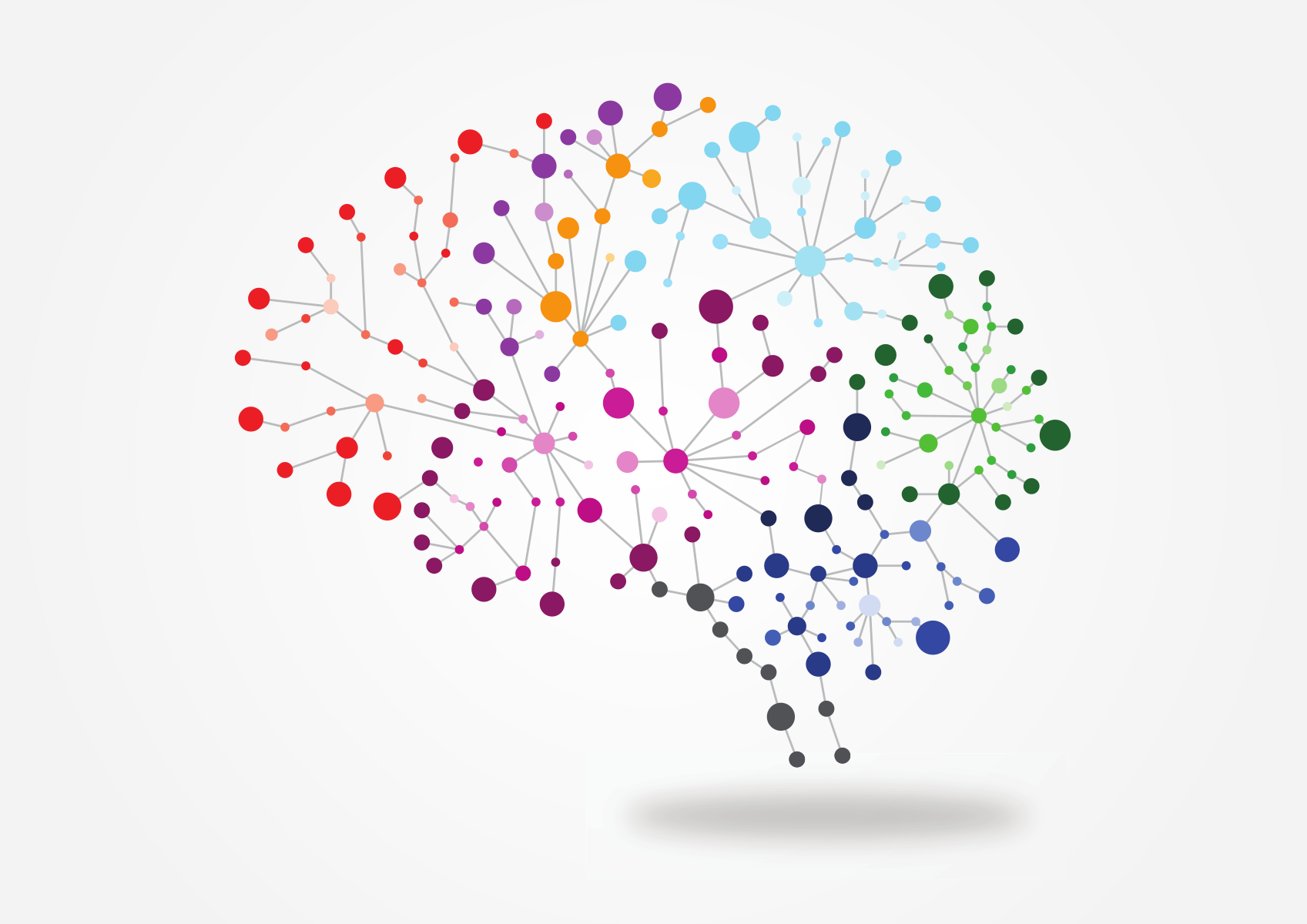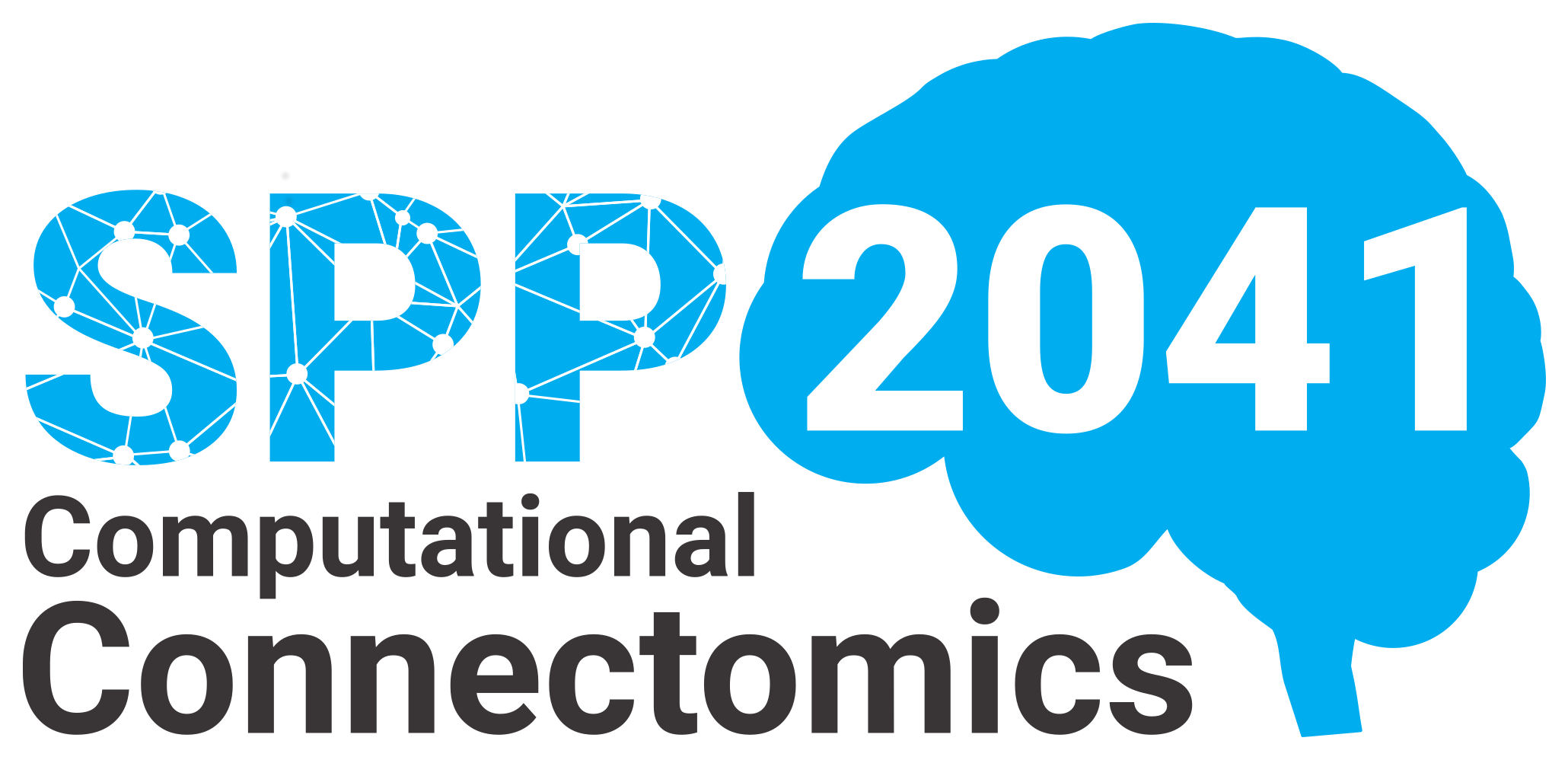Network Neuroscience Satellite 2024: Call for contributions
We are excited to invite your participation in Network Neuroscience 2024. Submit your talk or poster by March 22nd 11:59pm AOE. Currently in its 10th year, Network Neuroscience is a …

The brain is a complex network of billions of nerve cells giving rise to our cognitive abilities. Understanding the structure of this network is an important step in understanding how it functions. The field of Connectomics has the ultimate goal of providing a comprehensive description of the physical coupling among all neural elements of the brain. In this context, great efforts are devoted to studying brain network structure at multiple scales: from the detailed connectivity of local neural circuits comprising small numbers of neurons to the large scale connection patterns between entire brain areas comprising hundreds of millions of nerve cells. The multi-scale network structure is studied both directly at the anatomical or structural level and at the functional level defined by the activity patterns of neural elements. Since both anatomical and functional connectivity patterns change across different time scales, the dynamics of brain connectivity and its relation to development, learning and adaptation are also of great importance. Progress in experimental techniques as well as continuous advances in information technology have led to improved reconstructions of brain circuits at all scales in different species. High throughput approaches produce data sets of unprecedented size at unprecedented speed. But just as deciphering the genome hasn’t meant that we now understand genetic networks, charting the brain’s wiring diagram will not mean that we will understand its function. To fully capitalize on the new technological developments in obtaining wiring diagrams of the brain, the refinement of experimental techniques must be accompanied by corresponding computational and theoretical developments. Specifically, as experimental techniques are maturing, there is a growing need to develop new computational approaches to facilitate the automated reconstruction of connectivity, to support the curation and open-access distribution of large-scale data sets, to undertake systematic analyses of complex connectivity networks, as well as to model and ultimately understand these data sets. The Computational Connectomics SPP addresses this growing need and will advance our understanding of the relationship between brain structure and function. Our SPP is also supporting the German Computational Connectomics Network (GCCN).
We are excited to invite your participation in Network Neuroscience 2024. Submit your talk or poster by March 22nd 11:59pm AOE. Currently in its 10th year, Network Neuroscience is a …
From 30-31 October, 2023 a conference on Thalamus Anatomy & Connectomics is organized at the Max-Planck-Institute in Tübingen. To participate please register here.
The May issue of the popular German science webpage dasGehirn.info features a focus on the Connectome.
